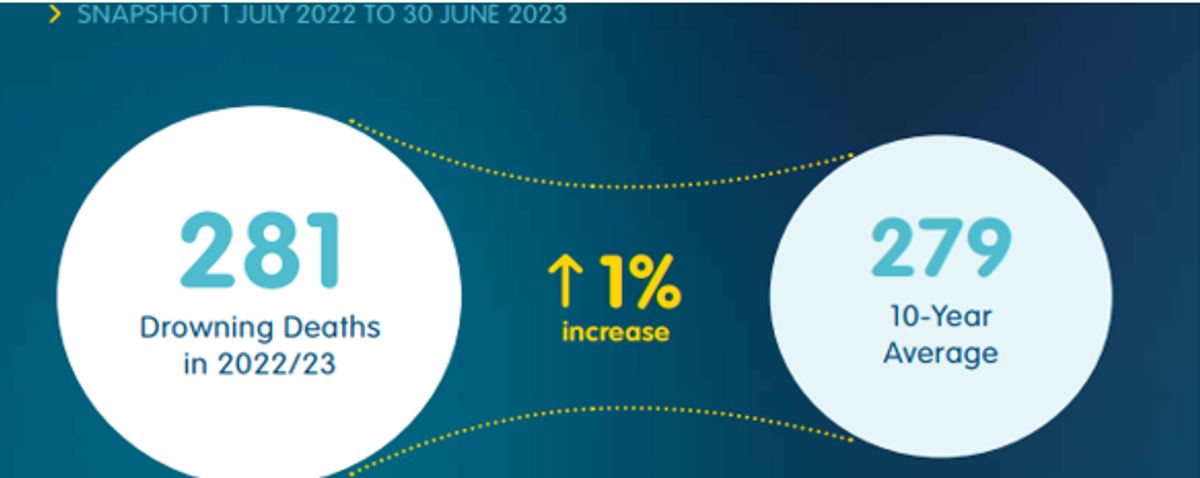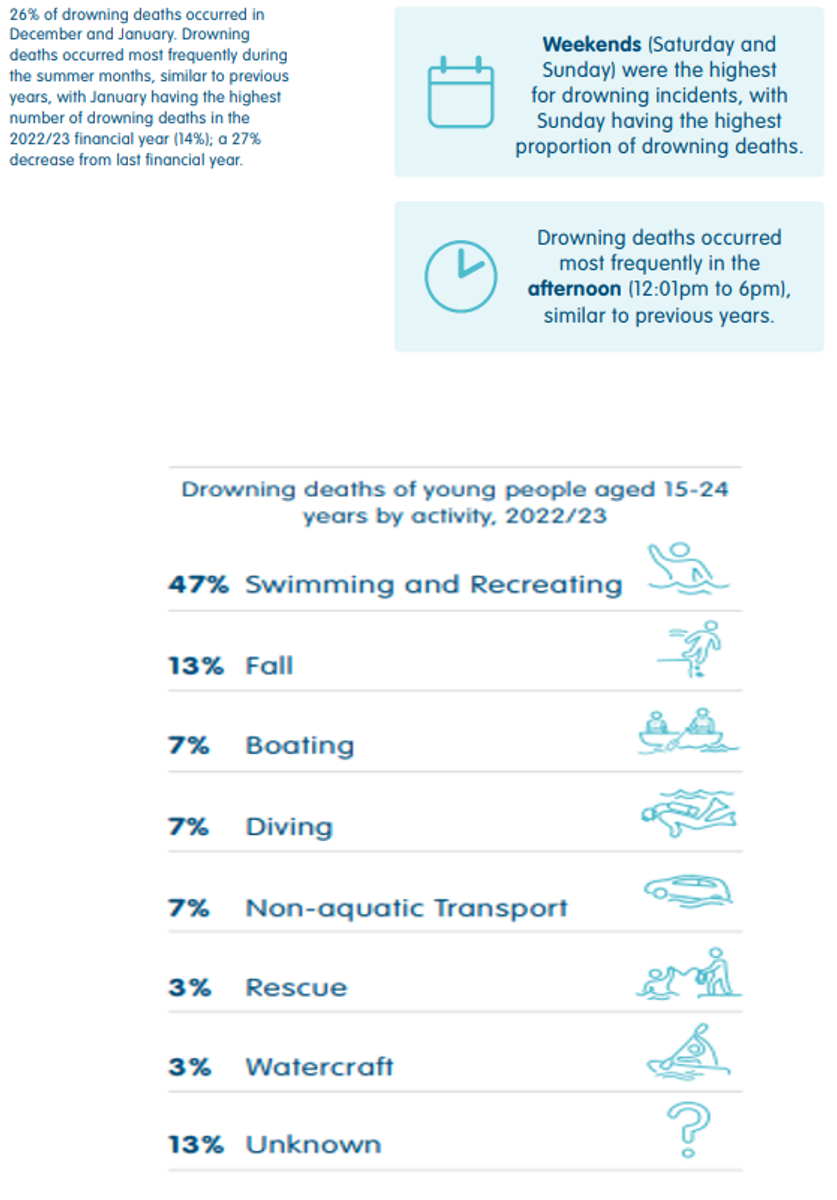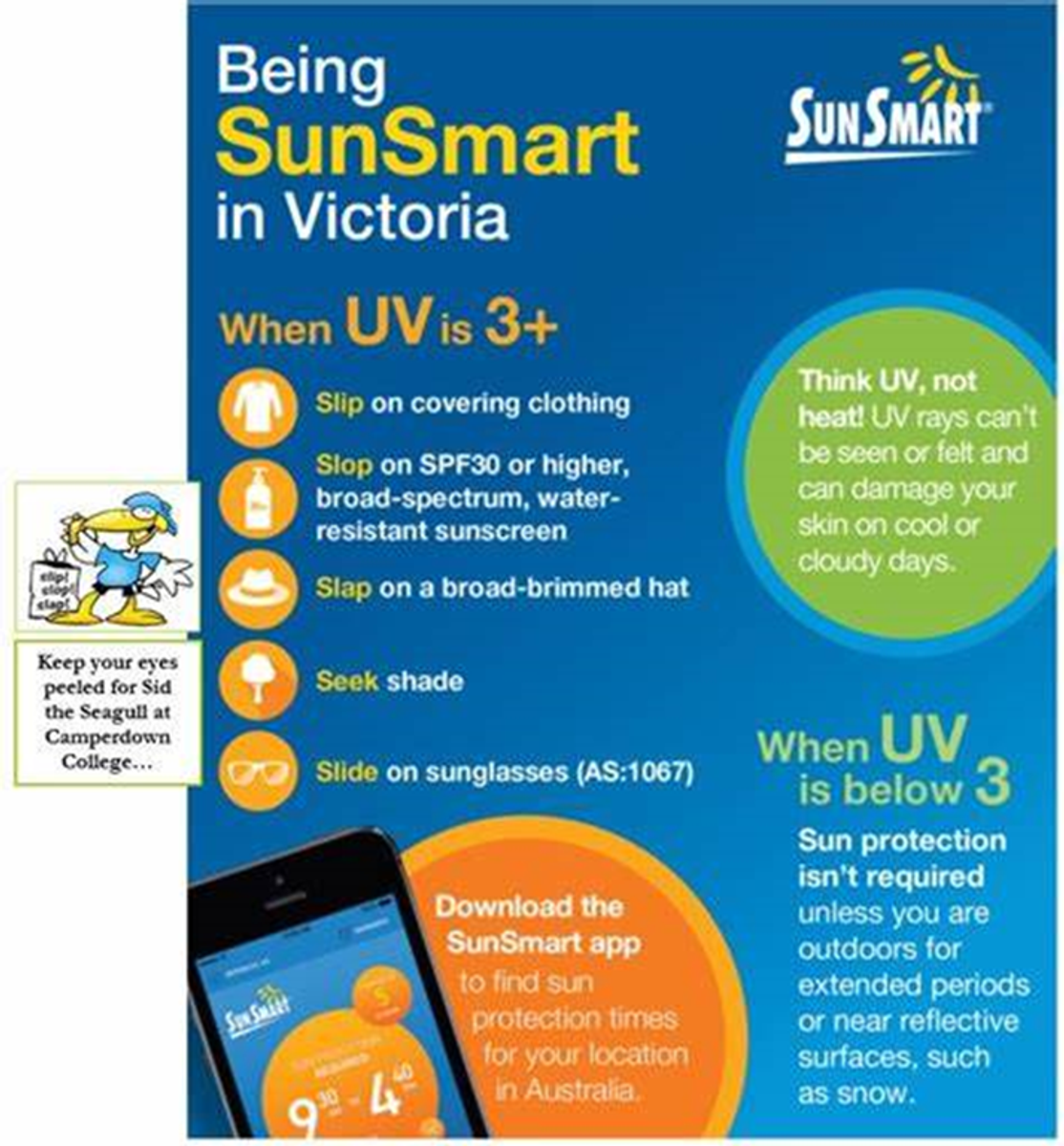Sick Bay News

Presentations to sick bay (average)
- 55% period pain
- 8% hay fever & headaches
- 17% small cuts and abrasions – mostly sport related.
- 12% abdominal pain
- 5% incidental head injury
- 3 % genuine acute illness
Period pain can be managed by students themselves most of the time without visiting the sick bay and disrupting the school day. A suggestion for students who experience this type of pain is to seek medical advice (Craigieburn Secondary College has a doctor that comes to the school every Friday, so you can make an appointment) and get a management plan. A common request for this type of pain is a heat pack. If students provide their own heat packs, they can be heated up in the sick bay and taken back to the classroom. This would help reduce the amount of time students spend out of class.
It is policy that, in the event of any head injury or strike, the school will call parents to notify them. This must be done even if there is no acute injury. This commonly occurs during PE when a ball connects with a student’s head.
The assessment process that occurs in the sick bay is as follow:
- Student is assessed if they can fully recall the incident
- Their conscious state is assessed
- They are asked if they feel nauseous
- They are asked if they have a headache
- They are asked if they fell after getting hit
- If there is any altered sensation felt in their arms and legs
- If they have any visual disturbance after getting the head strike
- If there is any swelling, bruising or redness where they strike happened
- Look if the student is unsteady on their feet
- They are checked for cervical tenderness
If a student visits the sick bay they are assessed if they are acutely unwell. This involves the following:
- Heart Rate
- Respiratory Rate
- Conscious State
- Temperature
- Chest Auscultation
- Blood Pressure
- SPO2 Levels
- Pain Score
- Blood Glucose Levels (with parents’ approval)
- Type of Injury/Illness
- When it happened/started
- Type of Pain Felt
- Urinary & Bowel Movements
- Any signs of dehydration
- Oral intake with food & fluid
Water Safety During Summer
Every year, Royal Life Saving produces a National Drowning Report. This report examines the factors that contribute to drowning deaths in Australia by examining who, where when and how people have drowned in Australian waterways over the last year.
In the National Drowning Report 2023 it shows that:
- 281 people drowned
- 77% of drowning deaths were male
- 57% were over the age of 45 years
When and how does drowning happen?
Drowning is the process of experiencing respiratory impairment from submersion or immersion in liquid. Submersion is where the airway goes below the level of the surface of the liquid. Immersion is when liquid is splashed across a person’s face.
Causes
- Misadventure
- Inadequate supervision
- Cardiac event
- Impaired judgement (intoxication)
- Trauma
- Overdose
- Foul play
What happens to a person when they drown?
- Liquid enters the mouth when the person can no longer stop this from happening;
- The person then voluntarily tries to spit the liquid out or they swallow it;
- Next, the person’s conscious response it to hold one’s breath – this lasts for just over 60 seconds or until the person’s inspiratory drive takes over and the person involuntarily tries to take a breath (even if they are under water);
- Liquid is then aspirated into the airways, and the person will involuntarily start to cough as this is a reflex response;
- The person’s airways then spasm and the brain is starved of oxygen;
- Liquid continues to enter the person’s airways;
- Within 90 seconds the person becomes unconscious and their breathing rate decreases;
- Eventually due to the lack of oxygen and decreased breathing rate, the person goes into cardiac arrest;
The whole drowning process from the submersion or immersion to cardiac arrest usually takes seconds to 90 seconds.
Learn to Swim
Class Level: Beginner
Duration: 60 Min
Providing Adult Swimmers the Opportunity to Learn to Swim, Whatever your Ability.
87 Grand Boulevard, Craigieburn VIC 3064
What Skills Will Swimmers Learn?
- Introduction to correct breathing techniques
- Basic freestyle and backstroke kick
- Basic freestyle and backstroke arm stroke
- Freestyle and backstroke
- Survival backstroke
Melanoma is the most common cancer among young Australians. The good news is that skin cancer, including melanoma, is highly preventable. This is why it is vitally important that we protect children and adolescents from UV. In Australia, up to 95% of melanomas are attributable to overexposure to UV radiation. If we protect our skin, we reduce our risk.
Sunscreen Calculator
Research shows 85% of Australians do not apply enough sunscreen to prevent UV from damaging their skin.
For the parts of your body not covered by clothing, hats and sunglasses, apply sunscreen using these tips:
- Apply sunscreen to any exposed skin at least 20 minutes before you go outside.
- Most adults should use at least 7 teaspoons of sunscreen for one full body application to cover exposed skin properly.
- Reapply sunscreen every two hours, or more frequently if swimming or sweating. Remember to bring sunscreen with you.
Dehydration
Dehydration occurs when you use or lose more fluid than you take in and your body does not have enough water and other fluids to carry out its normal functions. If you do not replace lost fluids, you will get dehydrated.
Anyone may become dehydrated, but the condition is especially dangerous for young children and older adults. The most common cause of dehydration in younger children is severe diarrhoea and vomiting. Older adults naturally have a lower volume of water in their bodies and may have conditions or take medications that increase the risk of dehydration. This means that even minor illnesses, such as infections affecting the lungs or bladder, can result in dehydration in older adults.
Dehydration also can occur in any age group if you do not drink enough water during hot weather – especially if you are exercising vigorously. You can usually reverse mild to moderate dehydration by drinking more fluids, but severe dehydration needs immediate medical treatment.
Symptoms of dehydration
Thirst is not always a reliable early indicator of the body’s need for water. Many people, particularly older adults, do not feel thirsty until they are already dehydrated. That is why it is important to increase water intake during hot weather or when you are ill.
Signs and symptoms may differ with different age groups:
- Thirst
- Less frequent urination
- Dark coloured urine
- Fatigue
- Confusion
- Dizziness
Water: How much should you drink every day?
Water is essential to good health. Are you getting enough? These guidelines can help you find out.
How much water should you drink each day? It is a simple question with no easy answer.
Studies have produced varying recommendations over the years. But your individual water needs depend on many factors, including your health, how active you are and where you live. No single formula fits everyone. But knowing more about your body's need for fluids will help you estimate how much water to drink each day.
What are the health benefits of water?
Water is your body's principal chemical component and makes up about 50% to 70% of your body weight. Your body depends on water to survive. Every cell, tissue and organ in your body needs water to work properly. For example, water:
- Gets rid of wastes through urination, perspiration and bowel movements
- Keeps your temperature normal
- Lubricates and cushions joints
- Protects sensitive tissues
Lack of water can lead to dehydration — a condition that occurs when you do not have enough water in your body to carry out normal functions. Even mild dehydration can drain your energy and make you tired.
How much water do you need?
Every day you lose water through your breath, perspiration, urine and bowel movements. For your body to function properly, you must replenish its water supply by consuming beverages and foods that contain water. So how much fluid does the average, healthy adult living in a temperate climate need?
What about the advice to drink 8 glasses a day?
You have probably heard the advice to drink eight glasses of water a day. That is easy to remember and it is a reasonable goal. Most healthy people can stay hydrated by drinking water and other fluids whenever they feel thirsty. For some people, fewer than eight glasses a day might be enough. But other people might need more.
You might need to modify your total fluid intake based on several factors:
- Exercise. If you do any activity that makes you sweat, you need to drink extra water to cover the fluid loss. It is important to drink water before, during and after a workout.
- Environment. Hot or humid weather can make you sweat and requires additional fluid. Dehydration also can occur at high altitudes.
- Overall health. Your body loses fluids when you have a fever, vomiting or diarrhea. Drink more water or follow a doctor's recommendation to drink oral rehydration solutions. Other conditions that might require increased fluid intake include bladder infections and urinary tract stones.
- Pregnancy and breast-feeding. If you are pregnant or breast-feeding, you may need additional fluids to stay hydrated.
Is water the only option for staying hydrated?
No. You do not need to rely only on water to meet your fluid needs. What you eat also provides a significant portion. For example, many fruits and vegetables like watermelon or spinach are almost 100% water by weight.
In addition, beverages such as milk, juice and herbal teas are composed mostly of water. Even caffeinated drinks like coffee and soda can contribute to your daily water intake. Remember to go easy on sugar-sweetened drinks. Regular soda, energy or sports drinks and other sweet beverages usually contain a lot of added sugar which may provide more calories than needed.
How do I know if I am drinking enough?
Your fluid intake is probably adequate if:
- You rarely feel thirsty
- Your urine is colourless or light yellow
Your doctor or dietitian can help you determine the daily amount of water that is right for you. To prevent dehydration and make sure your body has the fluids it needs, make water your beverage of choice. It is a good idea to drink a glass of water:
- With each meal and between meals
- Before, during and after exercise
- If you feel thirsty







